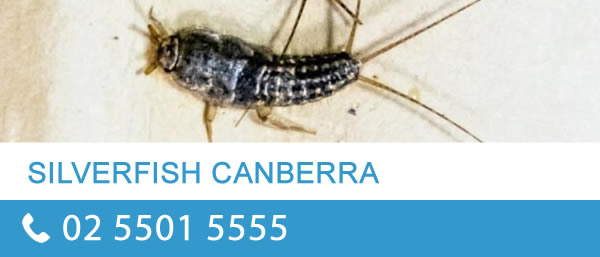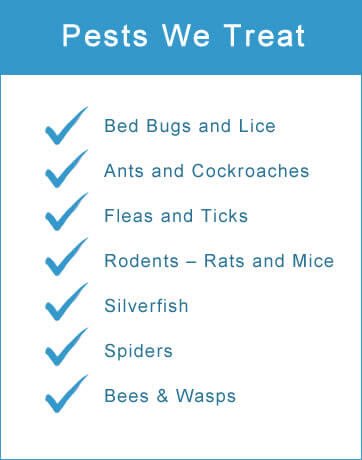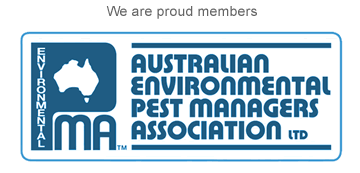Silverfish Control
Treatments for Silverfish
The silverfish is a pest that feeds on sugar, starch, and carbohydrates. Therefore, although they won’t directly harm you, they will make your fabrics, artwork, clothes, paper, and photography their food. And one silverfish can quickly become a hundred and a thousand. At Pro Pest Control Canberra, we are licensed and experienced with different types of silverfish treatment and removal.
How we treat
Inspection
Silverfish thrive in moist areas like the bathroom. However, that does not mean they cannot stray into other parts of your home. There are also different types, and each treatment must be tailored to fit the situation. We will identify silverfish locations and the extent of the infestation during our inspection. Then, we will come up with the most suitable treatment method.
Treatment and extermination
- Natural sprays: natural sprays made from lavender, lemon, etc. Repels silverfish. Not to worry, the scent is nontoxic to humans.
- Insecticide powder: we apply the powder over surfaces in places silverfish crawl. Once they crawl across the powder, it will cause the pest to dehydrate and die. Examples include diatomaceous earth, salt, and boric acid. Boric acid is effective against even eggs.
- Traps and bait: we sometimes mix an active ingredient into baits in silverfish locations. Just like poison, the bait kills the pests.
Why are they considered pests?
- Silverfish seek damp and dark areas of the house like the kitchen, bathroom, and sheds. The nocturnal insects hide in corners and move quickly. As a result, their infestation can go unnoticed for weeks.
- They feed on natural products that contain sugars, cellulose, starch, and carbohydrates.
- Silverfish cause significant damage to household items containing any of these properties.
- Some species lay up to 60 eggs in a day, and a single female silverfish can produce more than 2000 other silverfish in a year.
- Although the pest has a weak jaw that cannot penetrate the human skin, its byproducts can cause severe allergic reactions in people. For example, skin moults, excrement, etc.
Common species in the city
- Zygentoma
- Lepisma saccharina
- Lepismatidae
- Episma saccharina
Common signs of infestation
- Holes in paper or clothes
- Yellowish stain on the fabric
- Surface etching
- Notches along an edge
- Feces or scales on infested materials
- Skin moults
- Live silverfish sighting
Treatment tips and advice
- Ensure proper ventilation and avoid humidity. This could mean running a dehumidifier or air conditioner.
- Seal your foodstuffs in air-tight containers, especially protein and starchy ones.
- Vacuum and clean your home to prevent crumbs, dirt, and dust from attracting silverfish.
- Keep your house illuminated to reduce dark spots around your home.
- Use caulk to repair cracks and holes in the windows, doors, and walls to reduce entry points.
- Reduce clutter around your home
- Fix leaking pipes, poor drainages, and eliminate standing water.
- Eliminate brush piles, woodpiles, leaves, dead plants, and other external food sources
- Store your clothes in a cool, dry environment
- Use essential oil like dried bay leaves to repel silverfish
FAQs
-
How can I identify a silverfish?
Silverfish are a grey-metallic silver colour with two long antennae at the front and 3 shorter hairs at the back. The insect moves like a fish and also has scales. Although they resemble earwigs, they don’t have pincers and move differently. The length of a silverfish is between 15mm and 12mm.
-
Can I remove an infestation myself?
The best you can do is slow down or limit the infestation. Unlike most pests, silverfish are fast and good at hiding. As a result, you won’t easily kill them all. Save yourself the stress and call the professionals.
Why Choose Us
Services
- Silverfish Removal
- Silverfish Treatments just $330
Canberra Locations
- Canberra Central
- North Canberra
- South Canberra
- Woden Valley
- Belconnen
- Weston Creek
- Tuggeranong
- Gungahlin
- Molonglo
Get a Quote
Request a free quote today from Pro Pest Control Canberra. Phone us on 02 5501 5555.





